The relentless pursuit of quantum computing has brought us to a critical juncture where noise and decoherence threaten to derail progress. As researchers push the boundaries of quantum information processing, the fragility of quantum bits (qubits) remains their Achilles' heel. Unlike classical bits that can be easily shielded from environmental interference, qubits exist in delicate superpositions that collapse at the slightest provocation. This vulnerability has spurred groundbreaking work in quantum error correction codes - sophisticated mathematical frameworks designed to protect quantum information from the ravages of noise.
At the heart of this challenge lies a fundamental contradiction: quantum systems must remain isolated to preserve their state, yet they must interact with the external world to perform computations. The solution emerging from laboratories worldwide involves creating logical qubits - clusters of physical qubits that collectively store and process information with built-in redundancy. Through ingenious encoding schemes, these logical qubits can detect and correct errors without measuring (and thus destroying) the quantum information itself. Recent breakthroughs suggest we may be approaching the threshold where error correction overhead becomes practically manageable.
The landscape of quantum error correction codes has evolved dramatically since Peter Shor's pioneering 9-qubit code in 1995. Surface codes, color codes, and topological codes now offer varying trade-offs between error thresholds, qubit overhead, and implementation complexity. Surface codes in particular have gained prominence for their relatively high error thresholds (around 1%) and planar architecture that suits current quantum hardware designs. These two-dimensional lattices of qubits implement parity checks that pinpoint errors without revealing the encoded quantum state.
What makes quantum error correction profoundly different from classical methods is the need to address both bit-flip and phase-flip errors - manifestations of the richer quantum information structure. While classical error correction might replicate bits three times to correct single errors, quantum codes must protect against continuous errors in an infinite space of possible disturbances. The most promising approaches combine stabilizer codes with fault-tolerant techniques, creating multi-layered defenses where even the error correction circuits themselves are hardened against noise.
Experimental implementations have progressed from NMR systems to superconducting qubits and trapped ions, each platform presenting unique advantages and challenges. Superconducting circuits benefit from existing semiconductor fabrication techniques but struggle with coherence times. Trapped ions offer excellent coherence but face slower gate operations. Across these platforms, researchers are demonstrating the crucial first steps: error detection followed by partial correction, building toward full fault-tolerant operation.
The road ahead remains steep. Current estimates suggest practical fault-tolerant quantum computing may require thousands of physical qubits per logical qubit - a daunting prospect given today's noisy intermediate-scale quantum (NISQ) devices with mere hundreds of qubits. However, algorithmic improvements and hardware advances continue to lower these requirements. Novel approaches like bosonic codes and cat states show promise for reducing overhead by encoding quantum information in harmonic oscillator modes rather than discrete qubits.
As the field matures, quantum error correction is revealing deep connections across physics, mathematics, and computer science. The theoretical frameworks developed for protecting quantum information are finding applications in condensed matter physics and even black hole physics through the holographic principle. This cross-pollination of ideas suggests we're not just engineering solutions but uncovering fundamental aspects of how information interacts with the physical world at its most basic level.
The ultimate test will come when error-corrected quantum computers solve problems intractable for classical systems - perhaps simulating complex molecules for drug discovery or optimizing large-scale logistical networks. That milestone, when reached, will stand as testament to one of science's greatest feats: harnessing the quantum world's fragility to create computers of unprecedented power. Until then, researchers continue their painstaking work, qubit by qubit, error by error, building the fault-tolerant foundation for quantum computing's future.
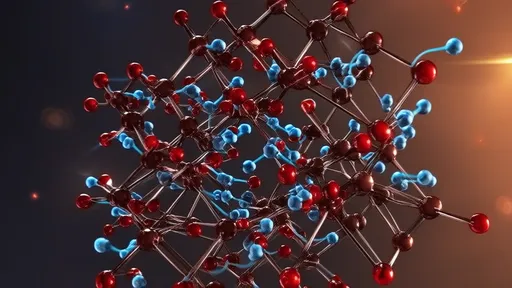
By /Jun 19, 2025
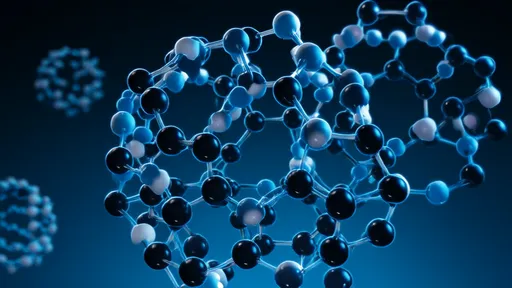
By /Jun 19, 2025
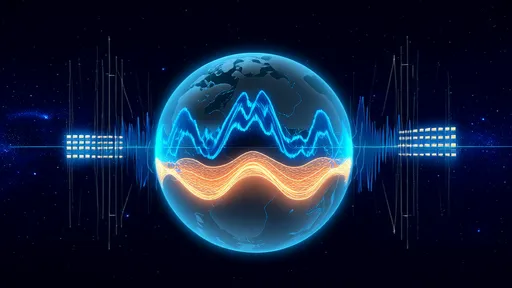
By /Jun 19, 2025
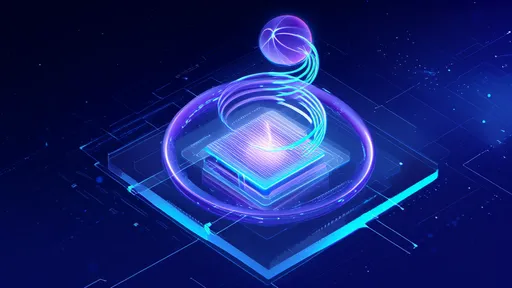
By /Jun 19, 2025
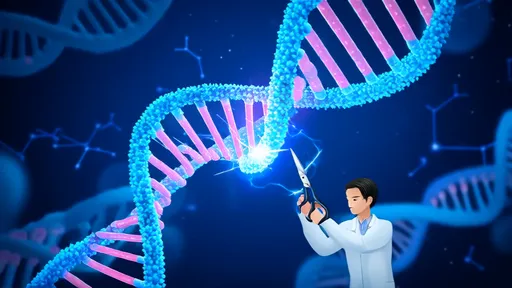
By /Jun 19, 2025

By /Jun 19, 2025
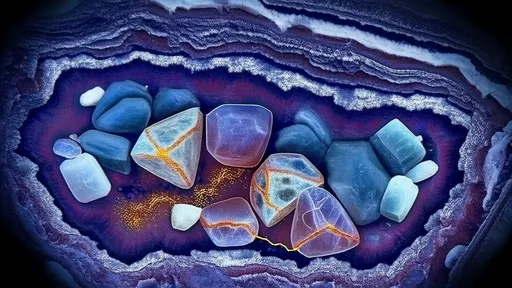
By /Jun 19, 2025
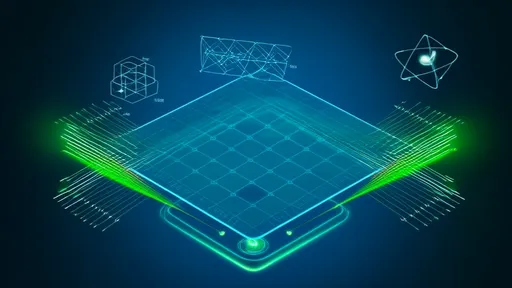
By /Jun 19, 2025

By /Jun 19, 2025
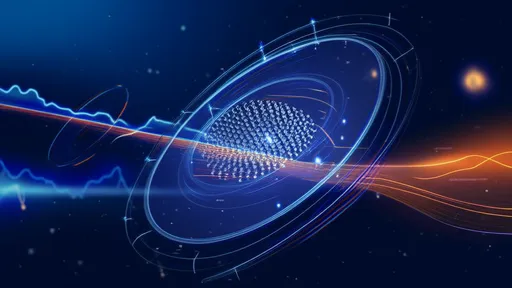
By /Jun 19, 2025
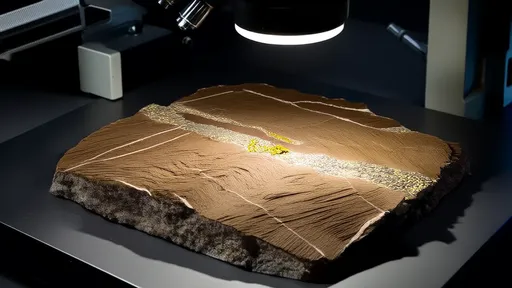
By /Jun 19, 2025
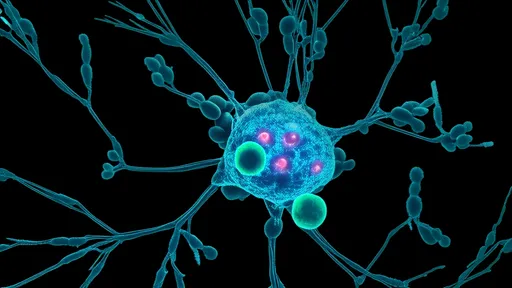
By /Jun 19, 2025
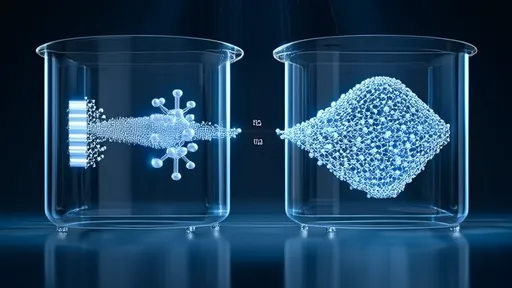
By /Jun 19, 2025
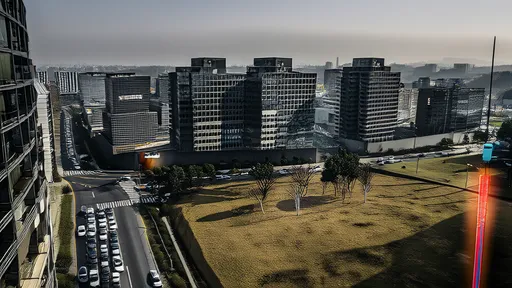
By /Jun 19, 2025
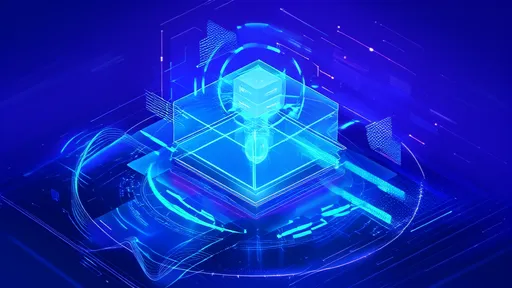
By /Jun 19, 2025

By /Jun 19, 2025
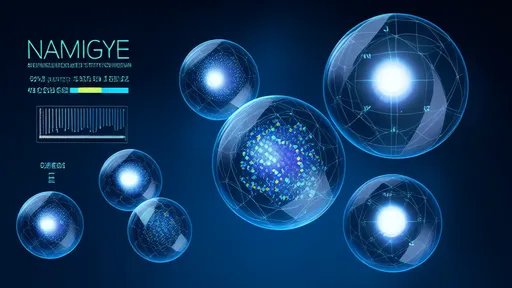
By /Jun 19, 2025